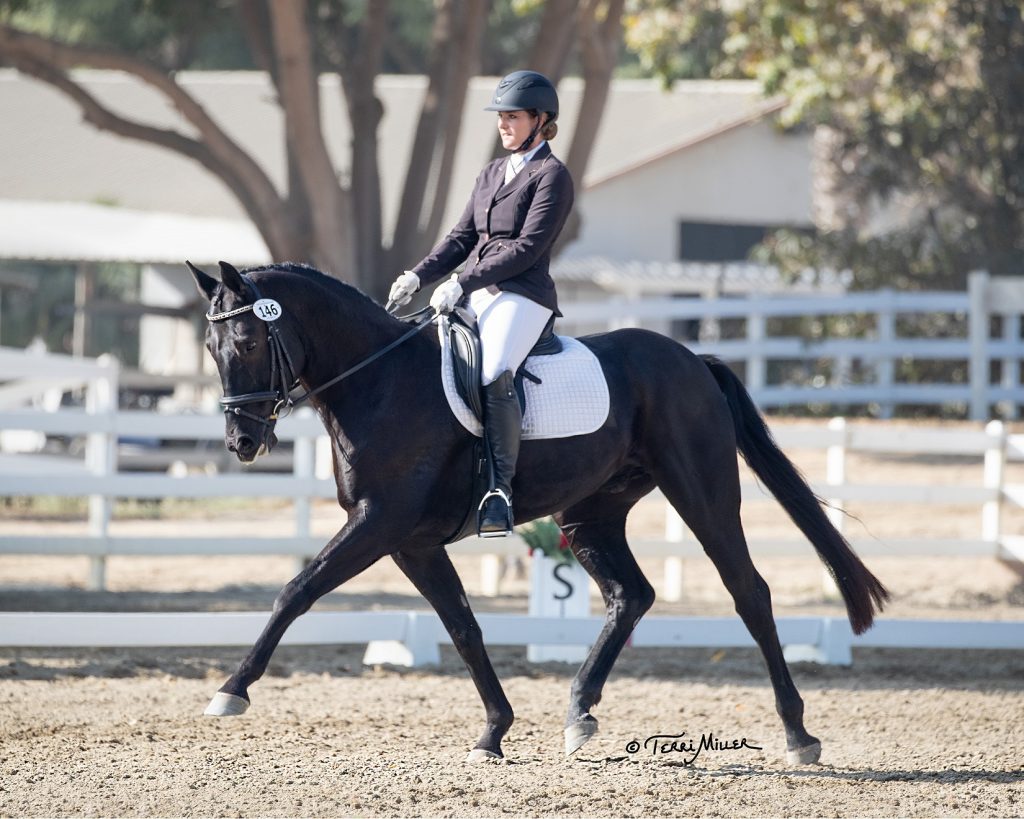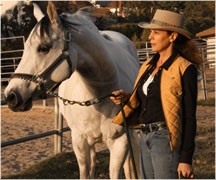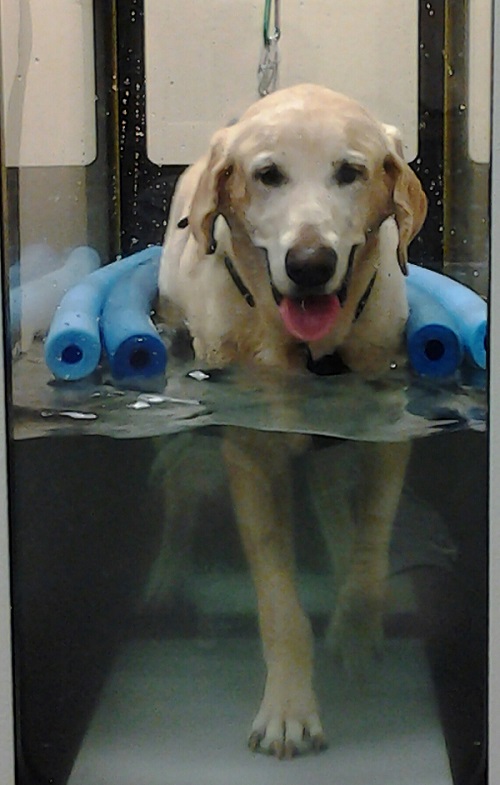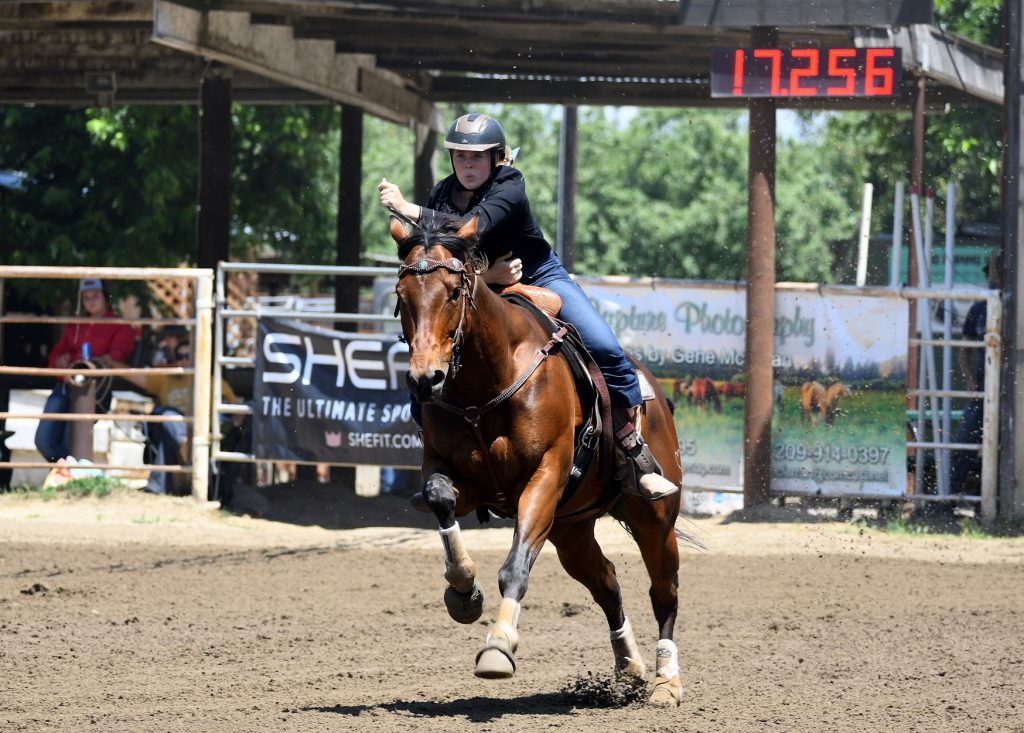VetStem Cell Therapy for Equine Cervical Facet Disease
Equine cervical facet disease is a broad term used to describe a degenerative disease process in the neck of horses. Conventional treatment options are geared toward managing symptoms but ongoing degeneration of the facet joints and their supportive structures can occur. In recent years, we have seen promising results in the treatment of cervical facet disease with VetStem Cell Therapy.
What is Equine Cervical Facet Disease?
Equine cervical facet disease is a degenerative condition that causes pain and stiffness in the neck of affected horses. Cervical facets are the synovial joints that connect a vertebra to its neighboring vertebrae. Cervical facet joint problems can stem from developmental orthopedic diseases or from injuries to tendons, ligaments, and other cervical facet joint structures, all of which can lead to the development of osteoarthritis and/or instability of the cervical vertebrae. Arthritic cervical facet joints gradually enlarge which can lead to the impingement of nerve roots and/or the spinal cord.
Symptoms of cervical facet disease vary and may include pain, stiffness, neurologic deficits, performance problems, saddling problems, reluctance to collect and go on the bit, neck stuck in fixed position and unable to move, and front limb lameness. Conventional treatments for these joints may temporarily reduce inflammation and pain, but the joints and their supportive structures may continue to degenerate and lead to a worsening of symptoms.
VetStem Cell Therapy for Equine Cervical Facet Disease
VetStem Cell Therapy has been used for over 15 years to treat osteoarthritis and tendon/ligament injures in dogs, cats, and horses. Stem cells have demonstrated the ability to reduce pain and inflammation and to promote healing and the regeneration of damaged tissues. Nearly five years ago, a horse named San Fransisko (or Sisko, for short) received VetStem Cell Therapy for cervical facet disease as part of a clinical research program.
Sisko is a talented horse trained in Dressage. When an injury led to a diagnosis of cervical facet disease, Sisko’s veterinarian recommended treatment with VetStem Cell Therapy. To make a long story short, Sisko had a great response to stem cell therapy and advanced in his career in Dressage. Read Sisko’s story here.
Recently, Sisko’s mom reached out to VetStem to share an update. See what she had to say below:

“I thought I would give you an update on how Sisko has been doing. We almost lost him in March of 2020 to a neurological infection of unknown origin. With the quick thinking of my vet and a pathogen lab in Florida, he was saved with an experimental drug and recovered completely. He went back into training in April and started showing in June. He breezed through Second Level, which totally amazed my trainer. We were fortunate enough to go to ten shows during the season (with strict COVID precautions in place) and Sisko qualified for our regional championships in First and Second Levels Open Division. He did very well at that show, winning a second and three thirds in his four classes. He ended the year as Open Champion in First and Second Levels for our California Dressage Society chapter’s series of rated shows and Open Champion in Second Level for our schooling shows. He also won the USDF Open Regional Schooling Shows Championship in Second Level for Region 7. Besides those achievements, we are thrilled that Sisko won the USDF German Sport Horse Breed Award in First Level for the entire United States and took that same award for the second year in a row for our CDS chapter. To top off those honors, he placed 29th out of 140 horses in First Level for the USDF Horse of the Year (with only five three-star shows counting towards that distinction). He is currently training Third Level and we’re excited to see how he does at the shows this year.
I firmly believe that without his stem cell treatment, Sisko would not be progressing up the levels and doing so well in his training. He is a very talented horse, with a great work ethic, and I am proud and grateful to have him! He has a wonderful team supporting him, which makes his success so much more special.”
There is Still More to Learn
Like all of our clinical development conditions, there is still more to learn about the treatment of cervical facet disease with VetStem Cell Therapy. While results will vary, Sisko’s case is very promising.
Does your horse have cervical facet disease? Speak to your veterinarian or contact us to find a list of VetStem providers in your area. Though we are not currently conducting an equine cervical facet disease clinical research program, we are available to work with your veterinarian to help determine if your horse may benefit from VetStem Cell Therapy.




 CP Merritt is a great stem cell success story. Some of you may remember a blog from many years ago about Merritt’s stem cell treatment and recovery. If not, you can read the original blog from 2012
CP Merritt is a great stem cell success story. Some of you may remember a blog from many years ago about Merritt’s stem cell treatment and recovery. If not, you can read the original blog from 2012 
